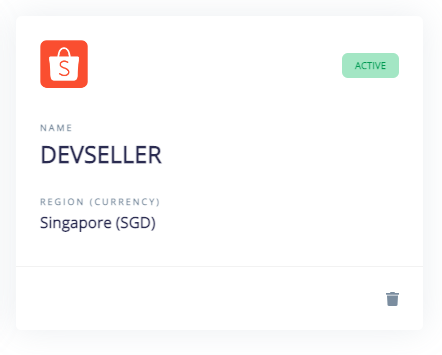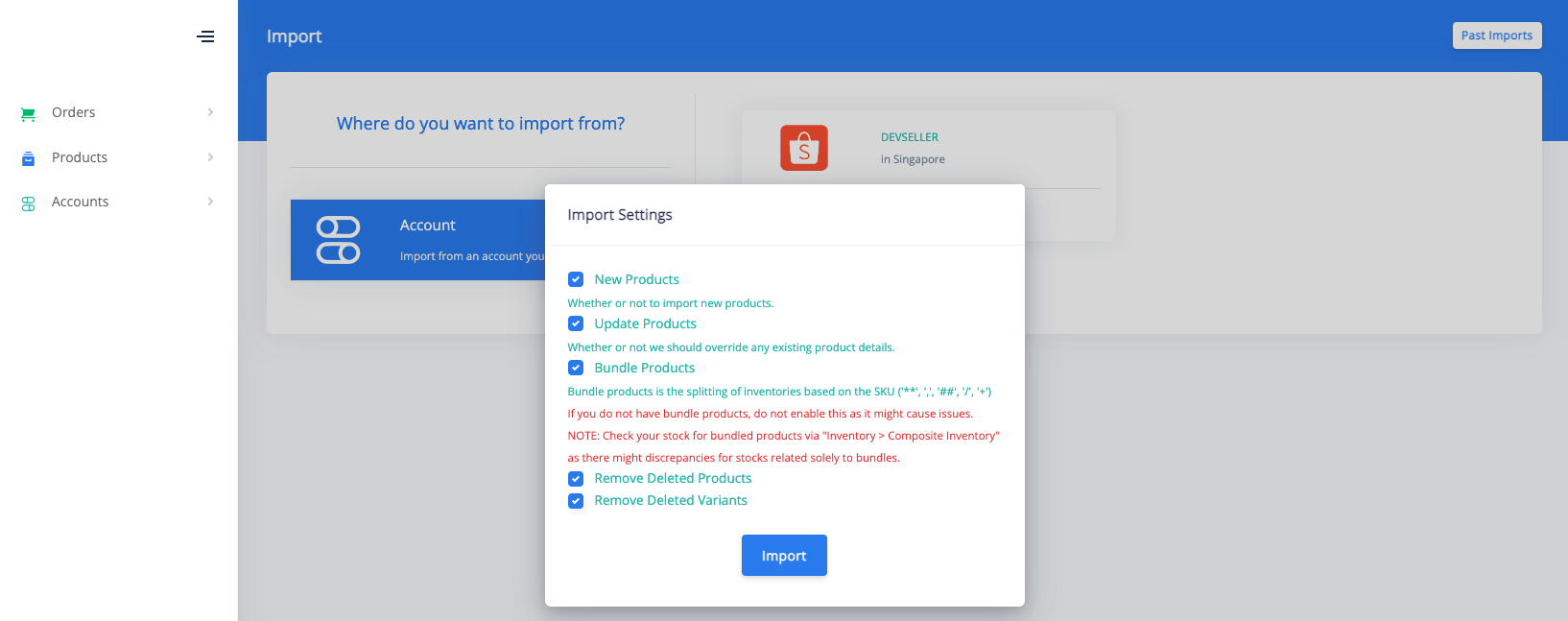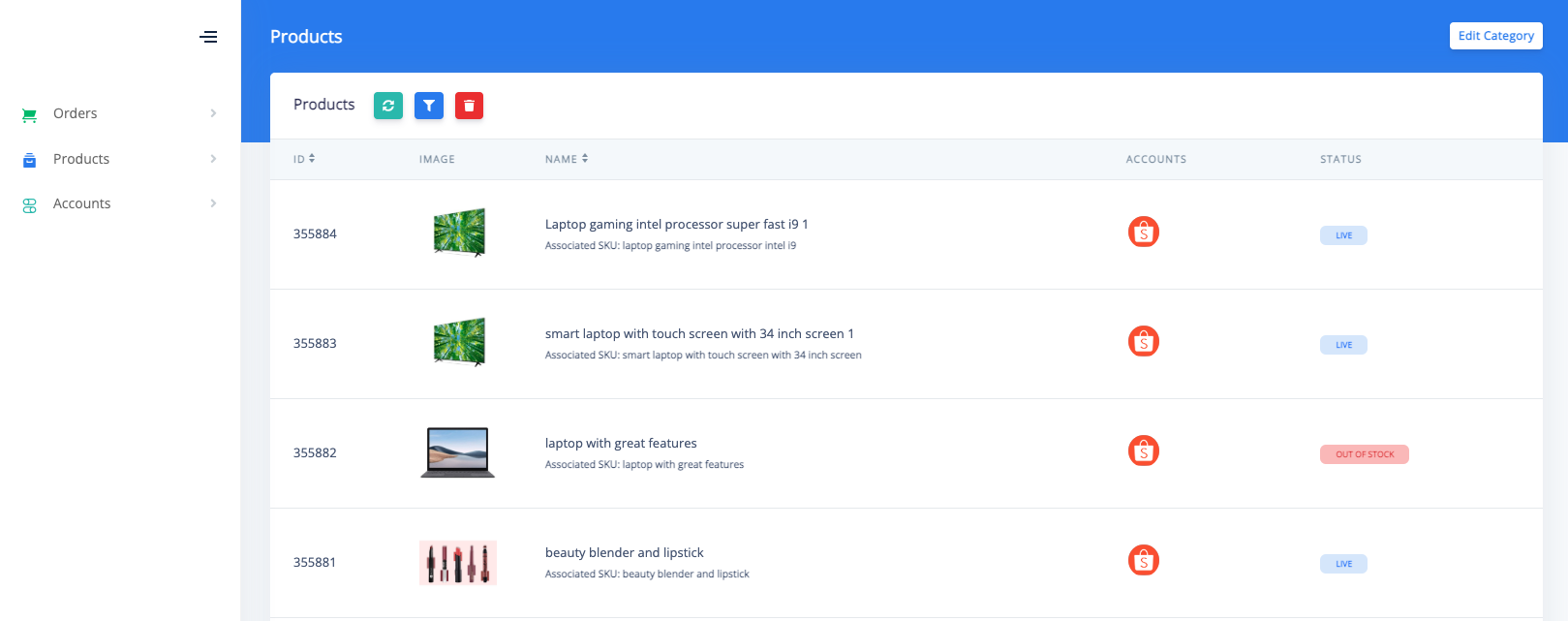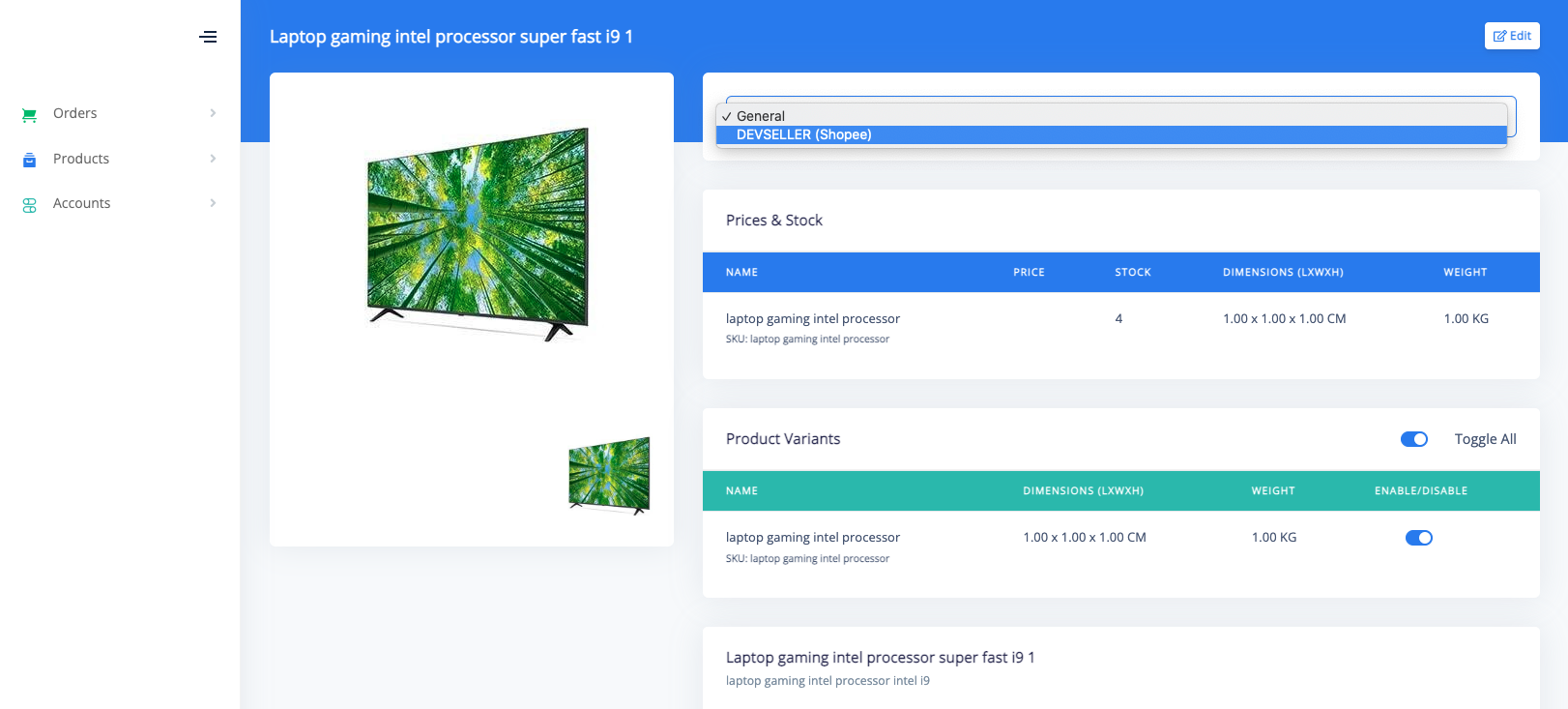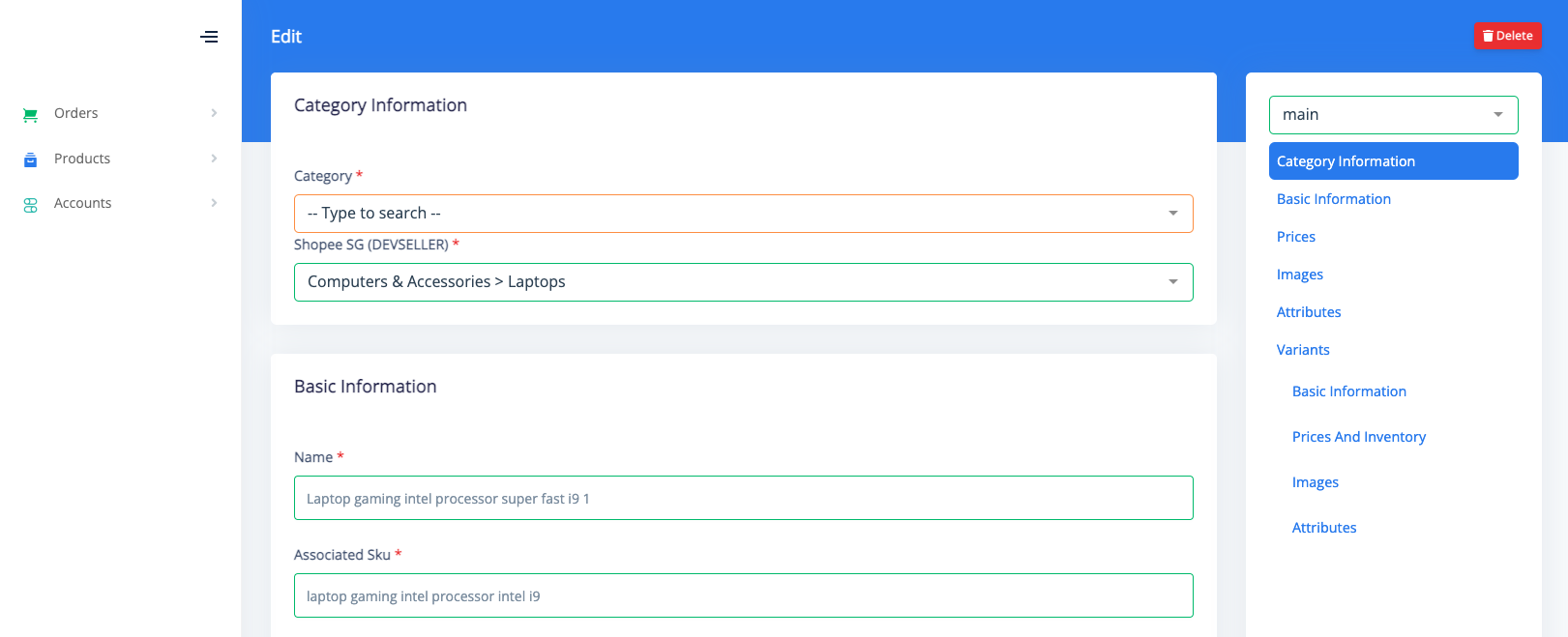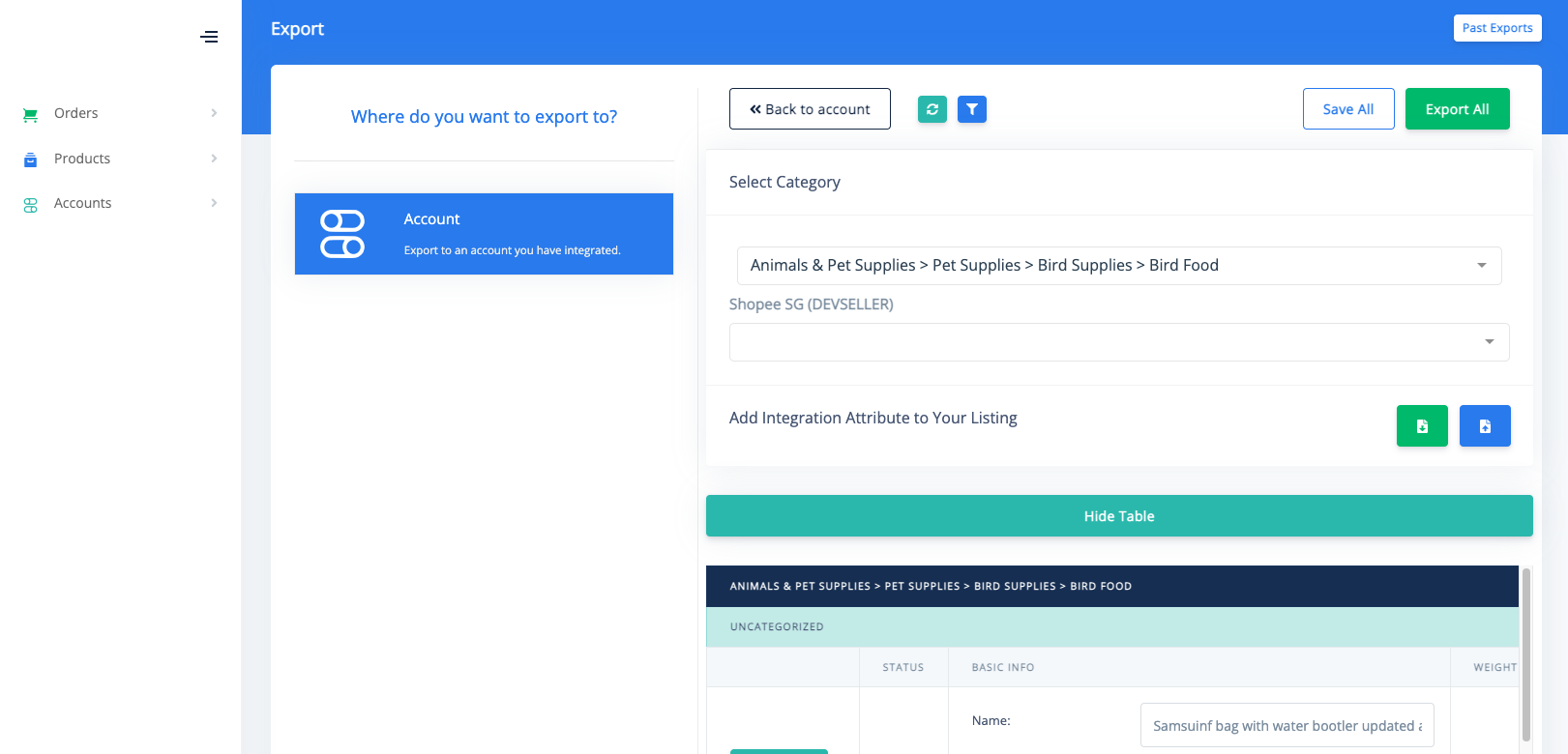Introduction
The Shopmatic Marketplaces feature is a powerful tool to grow and expand your business online. This feature allows you to easily expand into multiple channels of sales by integrating various marketplaces into your Shopmatic webstore. On top of that, you will be able to control your products and manage orders across all these multiple marketplaces on a single simple dashboard.
Which are the Marketplaces available?
Depending on the country your account is based, there will be different Marketplaces available:
Singapore: Currently Lazada SG, Qoo10 SG and Shopee SG are available.
Malaysia: Currently Lazada MY and Shopee MY are available.
India: Coming soon
Hong Kong: Coming soon
How is this feature applicable to me?
If you are already selling on multiple marketplaces and want a single platform to manage all your orders and products
Marketplace relationships
When enabling Marketplaces on the Shopmatic platform, you are continuing your relationship directly with the respective companies and are still subject to their terms & conditions. All transaction fees & charges quoted by the respective companies are generated by them and are payable directly to them. Any transactional and operational queries that happen on their respective marketplaces should be referred to the respective companies directly. Any queries about the Marketplaces feature on the Shopmatic platform will be resolved by your dedicated Shopmatic Ecommerce Consultant.
Requirements to enable Marketplaces
To connect a marketplace to your Shopmatic platform, you would first need to have a completed account with completed product listings on the respective marketplaces.
For Qoo10 marketplace specifically, you would need to retrieve your API key from the marketplace.
Are there any additional charges to use the Shopmatic Marketplaces feature?
If you are a Shopmatic Pro customer and have taken a subscription plan, then there are no additional charges. If you are however on the transaction model, then the same standard 3.5% transaction fee applies on all orders.
How does the product syncing work?
To help understand how the product sync logic of the Shopmatic Marketplaces feature works, please refer to the below illustration
- Your Shopmatic webstore and Shopmatic Marketplaces Dashboard will always be in sync.
Your Shopmatic Marketplaces Dashboard works as the main depository of where all your products will sit. That means that you can bring in all your products from the different marketplaces into one single platform. From there, you can further decide which products can be further synced to other marketplaces.
Example:
Assuming Jason sells furniture online, then finds out about the Shopmatic Marketplaces feature.
Jason immediately signs up on the Shopmatic platform, subscribes to a plan, and enables the Shopmatic Marketplaces feature.
1. Jason wants to continue selling only Tables on Shopee.
2. Jason wants to continue only selling Chairs on Lazada.
By enabling the Shopmatic Marketplaces feature, he can now sell both Table and Chairs on his Shopmatic Webstore, and can still continue to sell only Tables on Shopee and only Chairs on Lazada.
Jason then completes creating a Qoo10 account, and through the Shopmatic Marketplaces feature, he can then choose either to sell only Tables on Qoo10, only Chairs on Qoo10, or both Tables and Chairs on Qoo10.
Jason now also has the added advantage of managing all his orders and products from all the three different marketplaces together with his own webstore directly from his single Shopmatic account.
Jason is now a very happy customer. Be like Jason.
How long does it take for the product sync?
From the Shopmatic Webstore to the Shopmatic Marketplaces Dashboard, within a few minutes. To and from Shopmatic Marketplaces feature and the various marketplaces it may take a couple of minutes to an hour, depending on the marketplace and number of products being synced.
How long does it take for the orders to sync?
Almost instantly, it really depends on the marketplace the order is syncing from. Anywhere from a few seconds to 5 minutes.
How can I start using the Shopmatic Marketplaces feature?
- 1. Enable marketplaces – If you have an existing Lazada, Qoo10 or Shopee account, simply sign in using your Username and Password so that you can move on to the next two steps.
(Step by step guide on how to enable each Marketplace available further below this FAQ page)
- 2. Manage products – Once you have a marketplace enabled, then you can start managing products from the Shopmatic Marketplaces feature. If you are pushing products from one marketplace to another, sometimes some additional product information is required.
(Guide to managing products available further below this FAQ page)
- 3. Manage orders – Once you have a marketplace enabled, orders that happen from the marketplace will start showing on the Marketplace Orders Dashboard. From the dashboard, depending on the marketplace capabilities, you can:
- Lazada – Execute Fulfillment, Update Invoice, Get Invoice, Get Shipping Label
- Qoo10 – Execute Fulfillment, Get Shipping Label / AWB
- Shopee – Execute Fulfillment, Get Invoice, Get Shipping Label
- Amazon – Create Shipment, Cancel Order
(More on how to manage orders available further below this FAQ page)
Can I stop using the Shopmatic Marketplaces feature?
Yes, you can.
You can remove the marketplace completely. This means you will no longer be able to view and manage products and orders from this marketplace. Please note that any existing products and orders on the marketplace will need to be managed directly on their respective marketplaces.
Enabling Marketplaces
Enabling Lazada (Singapore & Malaysia)
- 1. From the main dashboard, click on ‘Marketplaces’
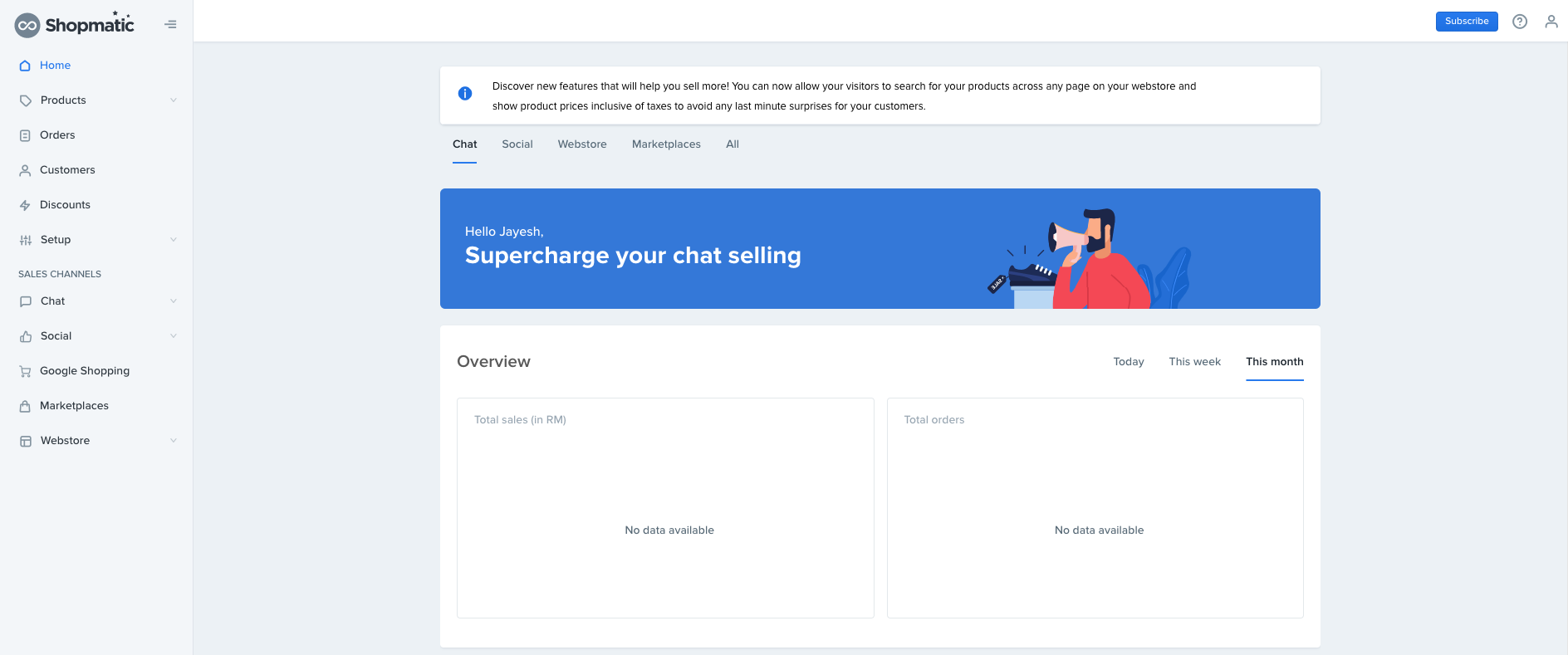
- 2. Next click on ‘Add Marketplace’
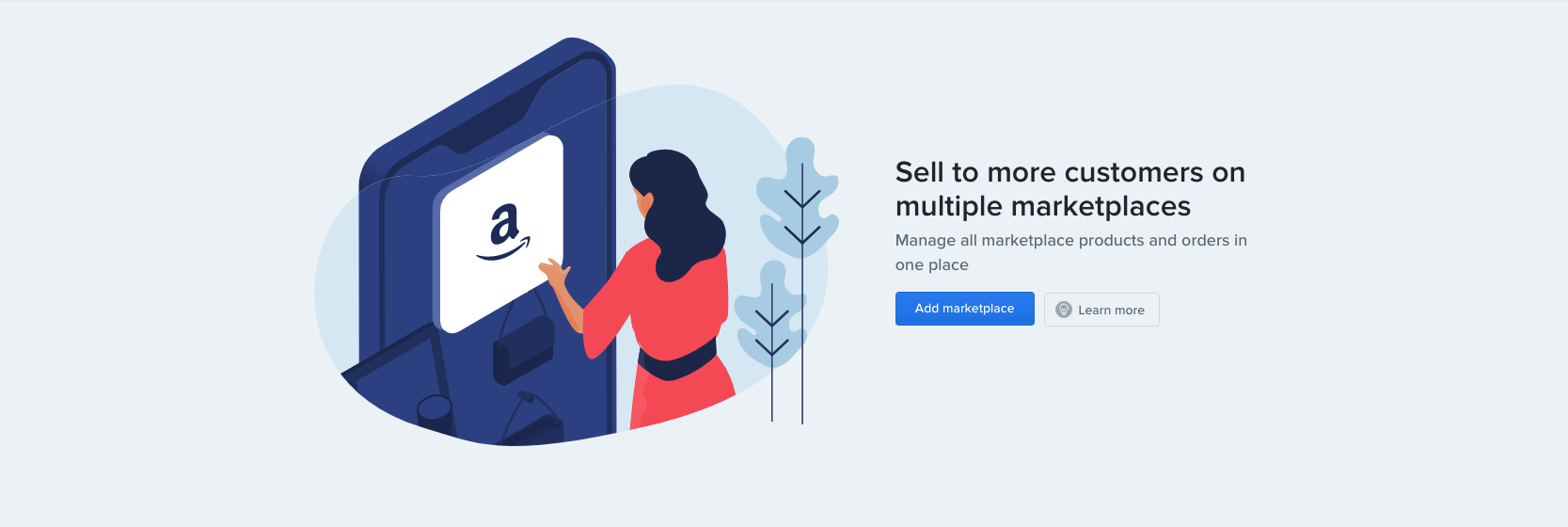
- 3. Click on the Lazada logo
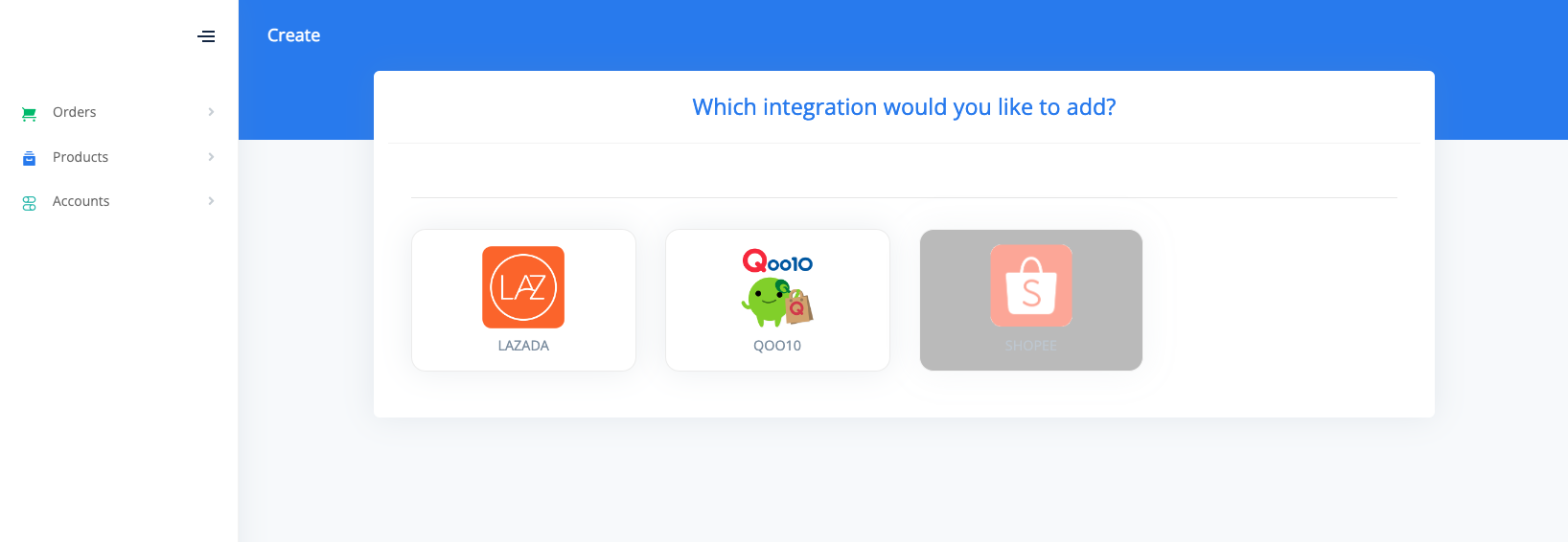
- 4. Enter your existing Lazada account details, and ensure that the correct country is selected before clicking on ‘Submit’.
(if you do not have a Lazada account, you would need to create one first before this feature can be enabled) 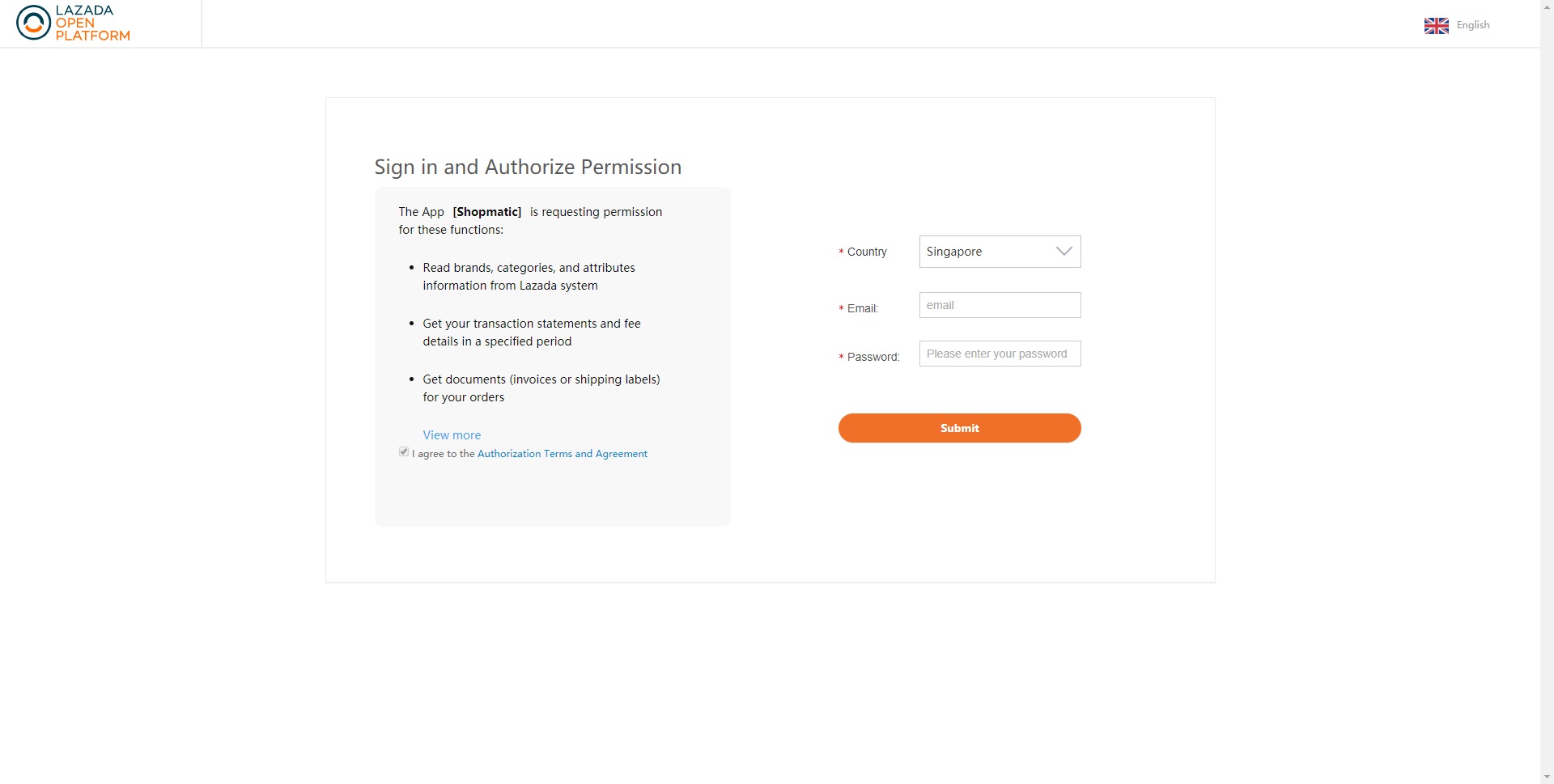
- 5. Done, your Lazada account is now syncing with your Shopmatic account
Enabling Qoo10 (Singapore & Malaysia)
- 1. From the main dashboard, click on ‘Marketplaces’

- 2. Click on ‘Add Marketplace’

- 3. Click on the Qoo10 logo

- 4. Enter your Qoo10 Username, Password and API Key, then click on ‘Create’
(if you do not have a Qoo10 account, you would need to create one first and retrieve your API key before this feature can be enabled) 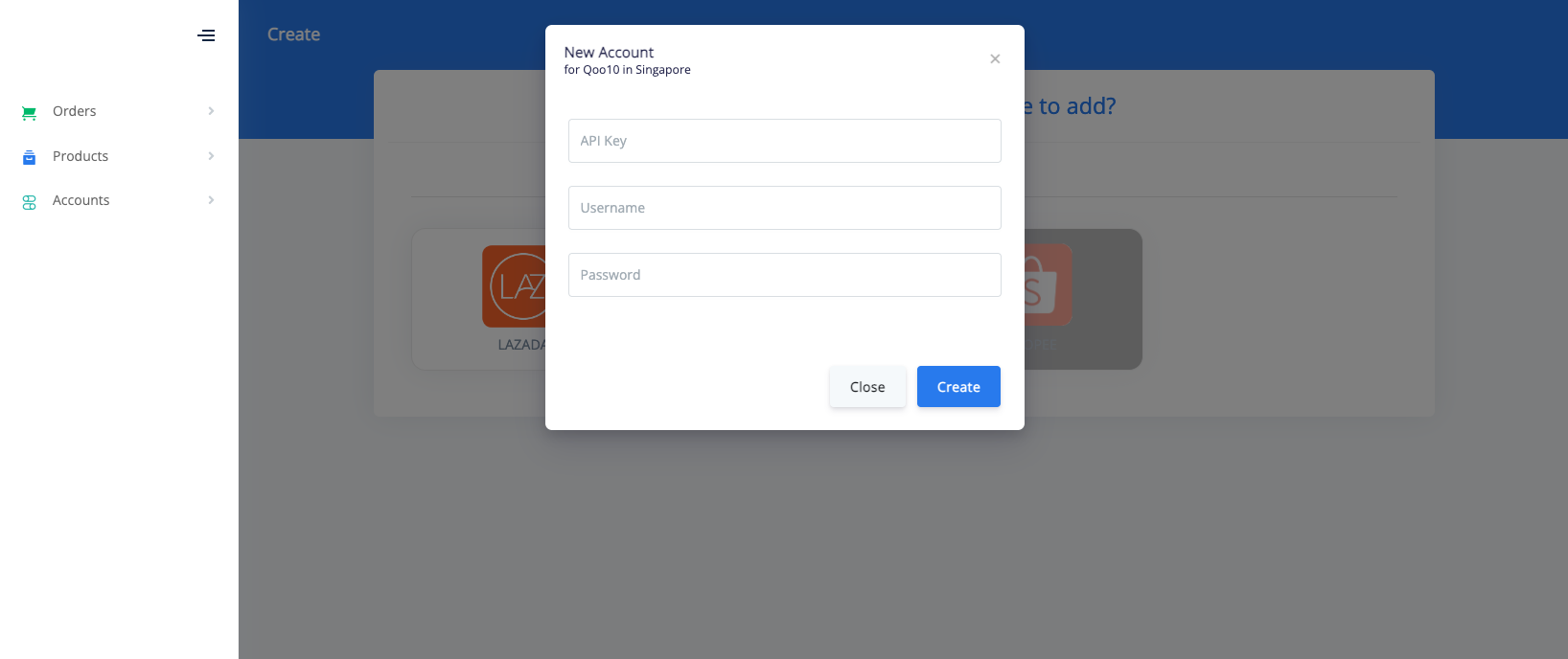
- 5. Done, your Qoo10 account is now syncing with your Shopmatic account
Enabling Shopee (Singapore & Malaysia)
- 1. From the main dashboard, click on ‘Marketplaces’

- 2. Click on ‘Add Marketplace’

- 3. Click on the Shopee logo
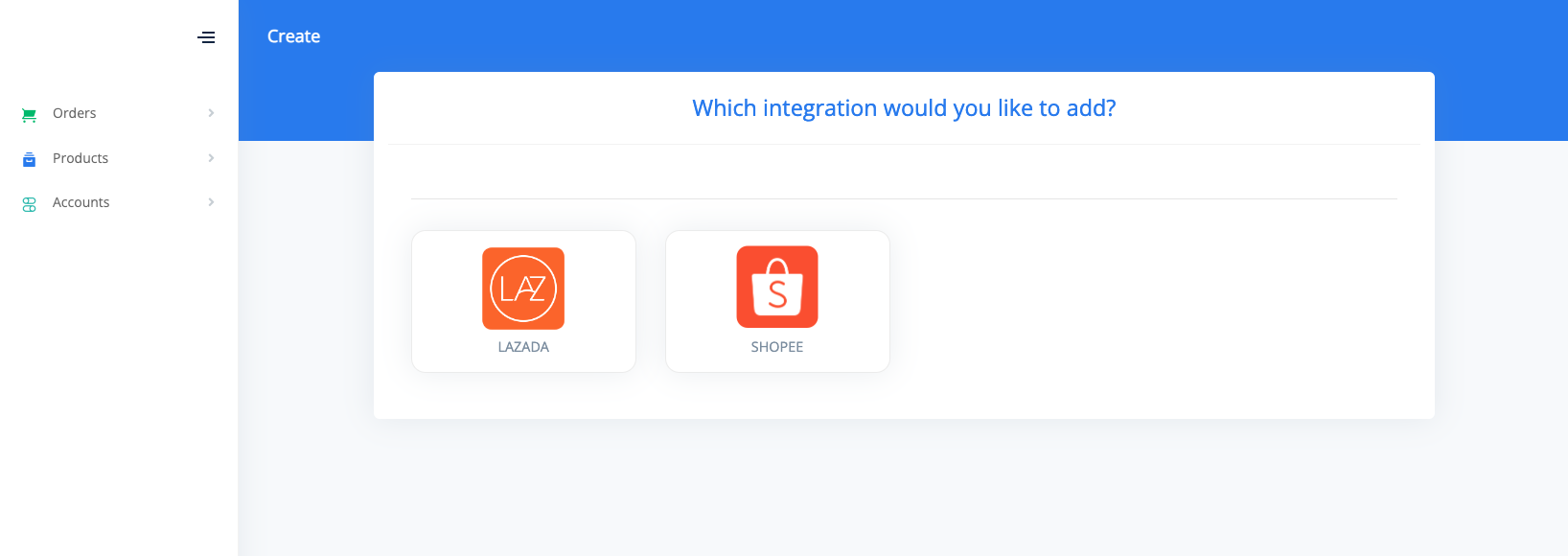
- 4. A pop up will appear. Enter your existing Shopee account details, and ensure the correct country is selected, before clicking on “Log In”
(if you do not have a Shopee account, you would need to create one first before this feature can be enabled)
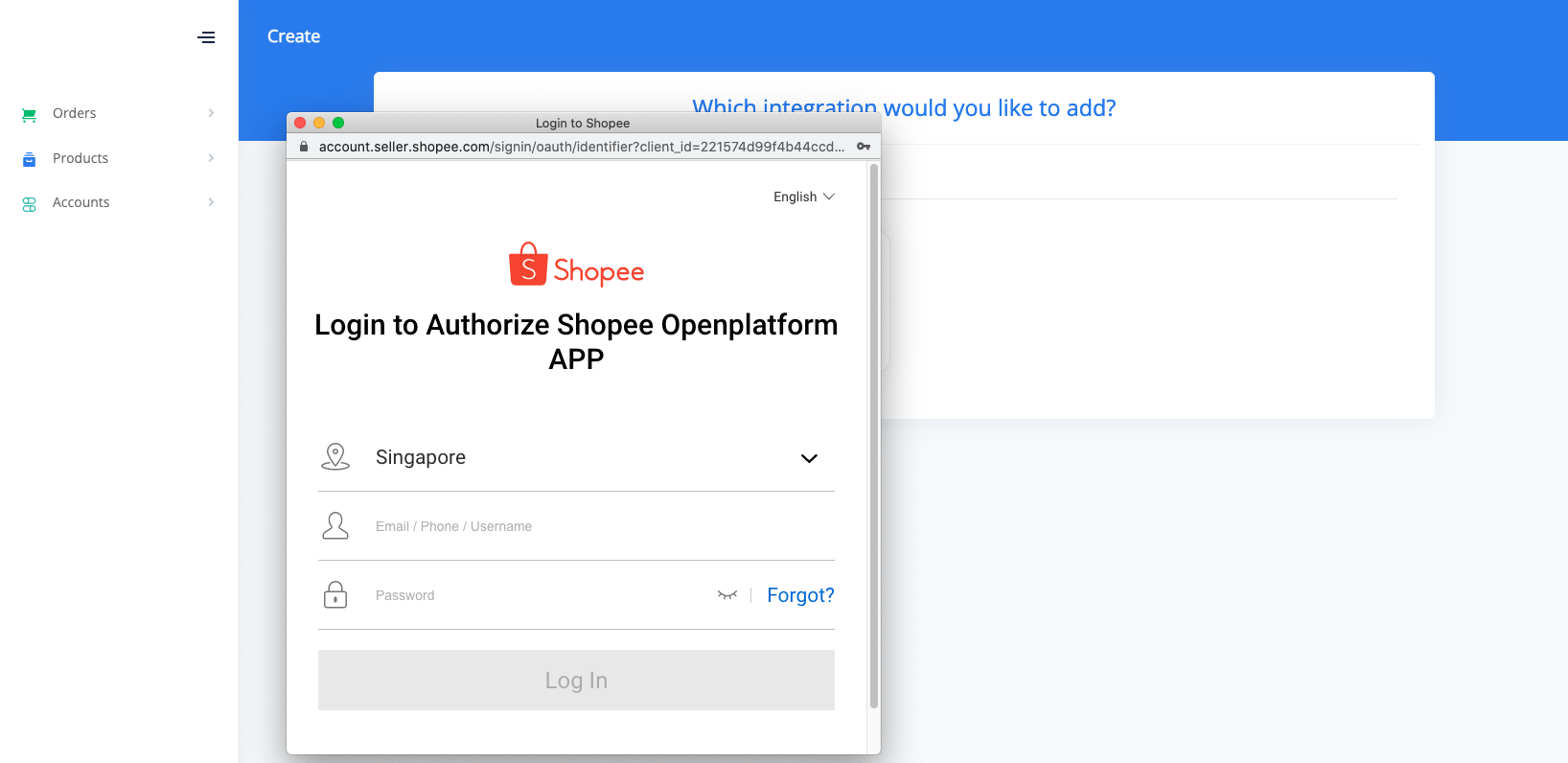
- 5. Done! your Shopee account is now syncing with your Shopmatic account
Manage Marketplace Products
Once you have successfully enabled one marketplace on your platform, then the option to manage the Marketplace Products tab will appear. Click on it and the manage your marketplace products page will load.
Import Products
In order to manage the products from a particular marketplace, you will need to import products from that marketplace. Navigate to the “Products” section in the menu, and click on “Import”. 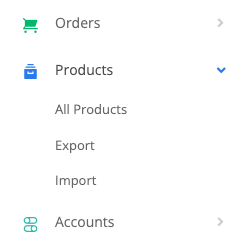
Click on the marketplace you would like to import products from.
Tick all the boxes in the “Import Settings” pop up, then click on “Import”. To view the progress of your import, click on “Past Imports”.
Wait for the status of your import to reflect “Finished”. This indicates that all the products from the marketplace have been successfully imported.
Product List
In order to view all the imported products, navigate to the “Products” section in the menu, and click on “All Products”.
On the All Products page, you will be able to see all the products that are currently synced to your Shopmatic webstore and also the products from the various marketplaces that you have enabled.
The columns on the All Products page will show these details of a product:
- 1. Product ID
– The ID of the product - 2. Image*
– The first image of the product - 3. Name*
– The name of the product - 4. Marketplace
– Shows which marketplace the product is currently listed on - 5. Status
– There are four different status- i. Live: Product is Live on the respective marketplace (refer to Marketplace column to know which)
- ii. Draft: Product is not Live on any marketplace yet or has been deleted from the marketplace
- iii. Out of stock: Product which is live on the marketplace but not visible as it is out of stock or the stock quantity is less than the minimum quantity required by the marketplace.
- iv. Disabled: Product which was live and has sufficient stock quantity but has been disabled
*The SKU is the main identifier for all products, this means that if there are matching SKUs found, then the product details of the newest source will take precedence over the existing product details.
Search Filter
To search for a particular product, click on the filter icon beside “Products”.
By clicking on the Filter button, you can filter your search based on the Product Name, Associated SKU, SKU, Product Status, or the Marketplace Account(s) the product is listed on.
Edit Products
To edit a product, click on a product to view more details.
The product detail page will provide more information about the product. You can toggle between general source and marketplace source(s), to view product details on CombineSell and the marketplace(s) respectively.
Click on “Edit” if you want to make changes to the product details.
Toggle between main source and marketplace source(s), to edit product details on CombineSell and the marketplace(s) respectively.
Scroll to the bottom of the page and click on “Save”. Changes to product details will be immediately updated on CombineSell and the marketplace(s) respectively.
Bulk Export Products
To export products from the platform to a marketplace, navigate to the “Products” section in the menu, and click on “Export”.
Click on the marketplace in which you would like to export products from. Select the CombineSell category for products you would like to export.
Select the marketplace category of your choice. Edit the product details before exporting the products. Click on “Past Exports” to view the progress of your export.
Wait for the status of your export to reflect “Finished”. This indicates that the products have been successfully exported to the marketplace.
Managing Marketplace Orders
The most important page of the Shopmatic Marketplaces Dashboard!
Managing your orders from the various marketplaces, and giving you a complete picture of your online business empire. Please find the definitions below for the various statuses.
- Pending: Order placed by Buyer but pending confirmation
- Paid: Order placed by Buyer, confirmed and awaiting for Seller action
- Ready To Ship / Packed: Order acknowledged by Seller and packed and ready for shipping
- Shipped: Order shipped by the Seller / Marketplace and in transit to Buyer
- Delivered: Order has been delivered to the Buyer
- Returned: Ordered product has been returned back to the Seller
- Canceled: Order is canceled by the Seller, Buyer or marketplace
Once you have successfully enabled a marketplace on the platform, you will be able to manage the orders from the marketplace. Navigate to the “Orders” section in the menu, and click on “All Orders”. 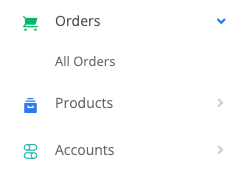
Here is a collated view of all orders from the marketplaces you have enabled on the platform.
Please note the supported actions available based on the different marketplaces:
- Lazada – Execute Fulfillment, Update Invoice, Get Invoice, Get Shipping Label
- Qoo10 – Execute Fulfillment, Get Shipping Label
- Shopee – Execute Fulfillment, Get Invoice, Get Shipping Label


